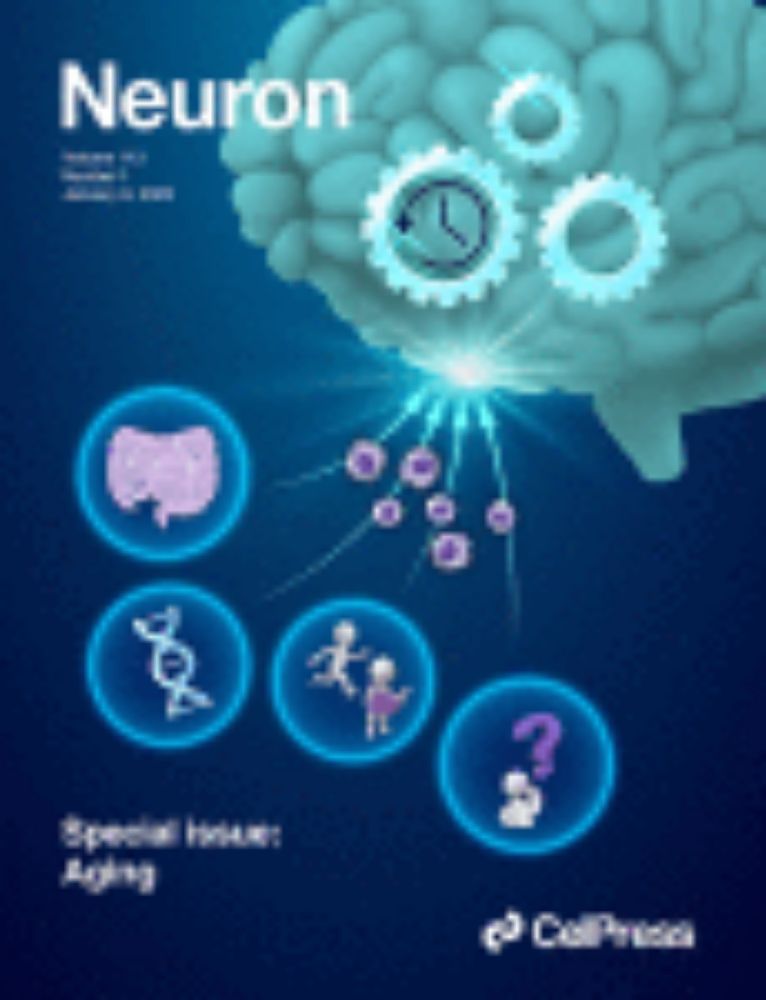Thank you so much Kaity! 🫶
10.10.2025 21:57 — 👍 1 🔁 0 💬 0 📌 0Doudou Yu
@doudouyu.bsky.social
Exploring brain aging with data science and 'omics. https://ddfishbean.github.io/
@doudouyu.bsky.social
Exploring brain aging with data science and 'omics. https://ddfishbean.github.io/
Thank you so much Kaity! 🫶
10.10.2025 21:57 — 👍 1 🔁 0 💬 0 📌 09/
Neuropathologist: Ivana Delalle
Computational biology: Ghulam Murtaza, Ritambhara Singh, Bill Noble @wnoble.bsky.social
And the entire Webb lab @aewebb.bsky.social, especially Kelsey Babcock, Kaitlyn Hajdarovic @khajdarovic.bsky.social!
8/
This work was a massive team effort and would have been impossible without our amazing collaborators:
Imaging: Andrei Vlassenko, Manu Goyal, and Jürgen Germann
Senescence: Shiva Dehkordi, Miranda Orr @orrlaboratory.bsky.social , Habil Zare
Hypothalamus: Alex Jackson
7/
In summary, our integrative volumetric and single-cell atlas of the human hypothalamus provides a high-resolution framework for elucidating how aging and AD pathology differentially affect specific hypothalamic subregions and cell types.

6/
What about neurons?
Among the many diverse neuronal subtypes, we found those that regulate sleep and circadian rhythms were hit hardest in AD. Their cellular communication pathways showed major disruptions (e.g., ligand-receptor interactions).

5/
Zooming in on inflammation, we focused on microglia (the brain's immune cells).
We mapped their transition from a healthy state to a disease-associated state, finding they become progressively more inflammatory and stress-responsive along the AD trajectory.

4/
Our machine learning models, trained to distinguish AD from control cells, pointed to two key predictors of disease:
inflammation and disruptions in circadian rhythm regulators.

3/
To see which cells were responsible, we performed single-nucleus RNA-seq on 614,403 nuclei from post-mortem hypothalamus from young, AD, and age-matched non-dementia controls.

2/
Brain imaging of 202 individuals revealed that different hypothalamic subregions change differently with age.
The most affected areas are linked to stress, energy, and circadian rhythms, and these changes were exacerbated in AD, showing the hypothalamus is not a single unit.
1/
By combining noninvasive high-resolution brain imaging and single-cell molecular profiling, we identified specific subregions and cell types that are vulnerable during aging and AD, particularly those regulating stress and circadian rhythms.

Sleep, diet, and stress regulation are key to healthy aging but often decline early.
We investigated how the hypothalamus, the brain's control center for these functions, changes during normal aging and in Alzheimer's disease (AD).
Checkout our HypoAD story 🧵:
www.biorxiv.org/content/10.1...
Congratulations to @brunetlab.bsky.social on election to the American Academy of Arts and Sciences!
23.04.2025 23:58 — 👍 49 🔁 10 💬 7 📌 0😭😭😭 I miss you so much Dr. Kaity!!!
07.03.2025 02:53 — 👍 1 🔁 0 💬 0 📌 0
Male-Female comparisons are powerful in Biomedical Research. More on this and what is a "Pink Box Warning"?? From @ctmurphy1.bsky.social @bbparis1984.bsky.social Yousin Suh and me in the latest issue of Neuron www.sciencedirect.com/science/arti...
08.01.2025 16:38 — 👍 17 🔁 9 💬 0 📌 0